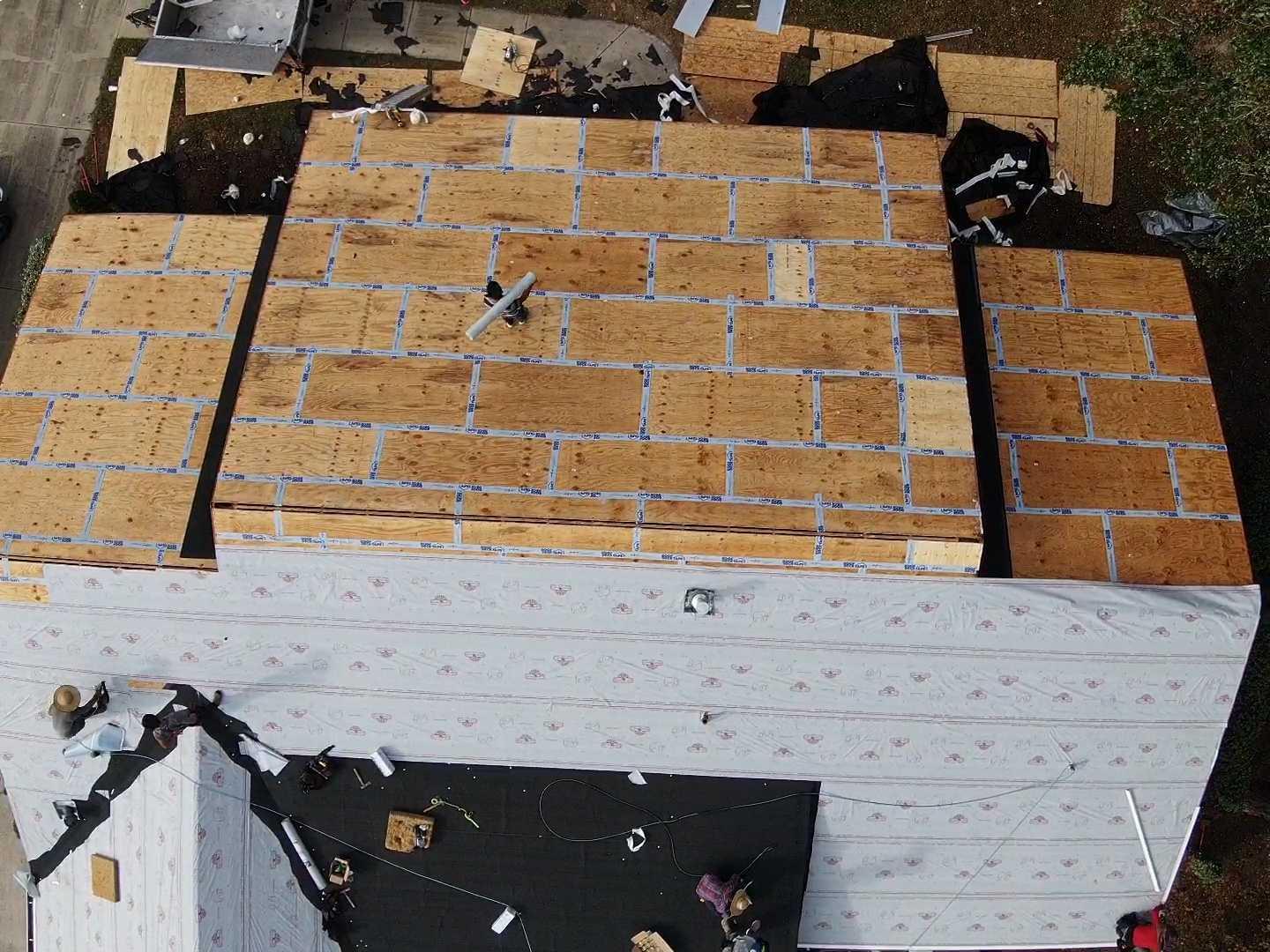Asphalt shingles are still the most popular choices for roofing systems in the United States. They are durable and have a decent lifespan of 20-30 years with proper maintenance. Moreover, these shingles are available in a wide variety of colors and designs so they can easily fit any architectural style.
Understanding the construction and components of your shingles can help you make a well-informed roofing decision before making any kind of investment. This will also help you choose the highest quality shingles for your roof to suit your needs, budget, and local weather conditions.
The Types of Roofing Shingles
While there’s a plethora of options in roofing shingles, time-honored and proven asphalt shingles are still the most common choice among homeowners in the United States. This can be attributed to their overall durability, ease of installation, and affordability.
However, even if you’ve decided to go with asphalt shingles, you must choose from limitless options that are available on the market nowadays. For most homeowners, it can be a daunting task to make the right choice. Well, you don’t have to worry. Our experienced roofing experts can guide you in choosing the best asphalt shingles to improve both the beauty and protection of your home. To make the job easier for you, our experts have tried to explain the components and layers of the best quality asphalt shingles on the market. Let’s look:
The Layers of Asphalt Shingles
Asphalt shingles consist of multiple layers of different materials to ensure optimum protection from the elements. Over the years, the technology used in the manufacturing of asphalt shingles has improved significantly. Today’s high-quality asphalt shingles can provide homeowners with far better protection, energy efficiency, and aesthetics than traditional shingles.
Standard asphalt shingles have five main layers:
- The most visible outermost layer of the shingle is made of crushed minerals and stone for enhanced protection. This outermost layer protects the inner asphalt layers from the sun’s heat. Without this layer of protective granules, the sun’s heat could melt and cause shingles to break down over time. This layer also protects your shingles from fire hazards.
- Right beneath the outermost layer is the asphalt layer. This layer acts as a buffer from impact forces and keeps your shingles protected from hail, flying debris, and even heavy object like tree branches during storms and high winds.
- The middle layer of an asphalt shingle is the mat layer for extra durability and flexibility. In high-quality asphalt shingles, this core layer consists of a fiberglass mat. In fact, the construction of asphalt shingles starts with this fiberglass mat layer. Asphalt is then applied to this fiberglass core on both sides. Asphalt adheres to the fiberglass mat better than most other materials. So, it creates a stable and strong surface for the top layer of granules and the bottom-most sealant layer.
- Under the fiberglass mat core is a second asphalt layer. The fiberglass mat is made to go through asphalt during the manufacturing process essentially coats both sides of the fiberglass. It keeps the whole shingle well intact.
- The bottom layer of an asphalt shingle adheres to the roof bed with the help of sealant. Proper installation is important to ensure asphalt shingles stay firmly in their place throughout the expected lifespan of your roof. While nails are also used to attach asphalt shingles to the roof bed, the sealant layer is provided to achieve watertight protection from the weather elements.
Ready For an Estimate?
Watkins Construction and Roofing can provide you with the help you need. Getting in touch with us can be done by calling us at 251-299-8151. We service areas in Gulf Shores, Spanish Fort, Foley, Fairhope, Robertsdale, and Orange Beach, AL.
